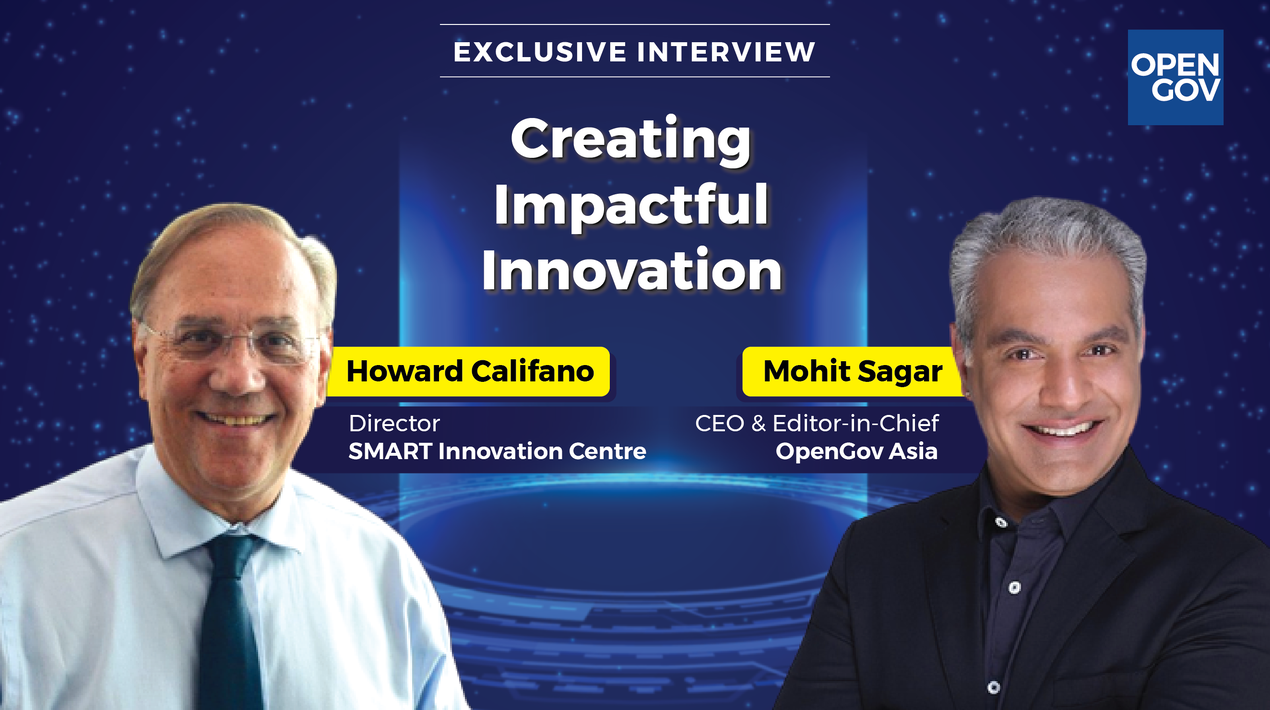
Organisations of all sizes are vigorously pursuing innovation that they can adopt and deploy to remain ahead in an increasingly competitive and tech-driven landscape. This entails not only looking externally but must develop ways to cultivate a culture of innovation within.
Evolving and adapting are crucial as they help organisations to grow and establish themselves. Ultimately, organisations want to better serve clients by developing new and better goods and services, eventually becoming top contenders in the industry.
The possibilities for innovation are limitless and more will emerge. Innovation is needed in all fields, including product production, management, work methods, staff development, etc. It can help a company retain and motivate its workforce, increase revenues, expand its customer base, and rise to the top of its industry.
Innovation is going to be critical and what will set an organisation apart. Therefore, it is vital that organisations go the extra mile to stand out from their competitors. This could entail occupying a more niche market, elevating quality, bettering deliveries or offering an easy and efficient consumer experience.
Determining customer preferences, tracking trends and predicting demand are essential and must be done innovatively. Companies that can efficiently elicit, synthesise and collaborate on creative ideas that serve the market have the best chance of success.
 However, this is easier to be said than done. Although there are many theories on adopting successful innovation in an organisation, implementing it successfully is a whole other thing.
However, this is easier to be said than done. Although there are many theories on adopting successful innovation in an organisation, implementing it successfully is a whole other thing.
Enabling adaptive innovation
Howard Califano, Director, SMART Innovation Centre, is passionate about innovation, especially in the deep tech sector, and has deep expertise with years of experience.
In an exclusive interview with Mohit Sagar, CEO and Editor-in-Chief OpenGov Asia, he revealed insights on how academia can successfully take an idea from inception to market as a genuine, sustainable, profitable business.
Howard focuses primarily on post-doctoral students working in the deep tech area covering technology around life sciences, new materials, nanotechnology, healthcare and the Internet of Things (IoT).
Technology generally originates from the academic or the startup world, and is, by default, a high-risk sector to put in capital. For the most part, the concepts are disruptive and unique, demanding significant capital for further research and development to translate the idea into a viable solution.
Living in innovation within the university brings Howard great excitement. Teaching young researchers in the boot camps, seeking and giving grants and launching companies have become the fuel for what he does over the years. Seeing that community gradually develop and the influx of more scientists and entrepreneurs ignites his passion and enthusiasm.
Howard works to ensure that academic centres have a greater impact on society. To do so, creating an innovation culture that encourages students to embrace impactful innovation is crucial.
To be viable and sustainable, a disruptive innovation needs to produce goods and services that meet customers’ needs and therefore have economic and societal impact. However, data shows that about 70% of companies launched out of academia fail because the customers want something other than the product.
“They have missed the product market fit. Scientists and researchers need to know how to develop technology that will meet the needs of the customer by listening to them. The needs of the customer and knowing what they want is key; not just making something they (the students) like but the customer may not want,” he emphasises.
He has shared his model in his newly launched book Adaptive Innovation: An Entrepreneur’s Guide to Technology Innovation. The book provides a framework for translating ideas from the academic laboratory to commercial ventures. It is designed for academic researchers (advanced PhD students, post-doctoral fellows, university faculty and staff) who believe their research ideas could be the basis for a commercial venture.
The book encapsulates what has been garnered in ten years in the deep tech space, from training nearly 500 postdocs and launching 55 companies with an aggregate value of approximately US$ 1.3 billion. Adaptive innovation was developed through this process/journey.
“We saw certain patterns and we realised that certain approaches work better and help overcome some of the failure points in university startups in which they produce a product that the market doesn’t want,” Howard reveals.
There are 6 foundations steps to creating an adaptive innovation framework:
- Start with the technology survey.
- Do an opportunity matrix – what are all the things that technology could impact? Analyse that and figure out the lead product and the value proposition around it.
- Find a good product market fit.
- Test the product or service in the market, talk to customers, do a market analysis and fine-tune the product offerings.
- Generate a target product profile to meet the market demand.
- Build a roadmap and secure finances and resources.
Steps for product market fit
The importance of product market fit cannot be understated as it is the primary step to creating an impactful innovation and building business when discussing innovation culture. To understand the customer’s need, users must build a 360-degree view to comprehend various aspects. He suggests that a diverse and open team helps to bring different angles and perspectives to create a meaningful 360-degree view.
“One needs to understand the needs of the customer, the voice of the customer so that impact can be driven in that direction. To do that, you need a 360-degree view of this innovation culture. Looking at the markets, looking at competition, looking at evolving technologies, looking at economic pressures that are developing,” he elaborates further.
Howards reiterates that it is essential to have a change in thinking, especially in an academic situation. This paradigm shift is vital for researchers and scientists, so they do not solely focus on the lab but concentrate more on the needs of the customer and markets. This will determine how one takes the technology from the lab and introduces it to the market.
“We recognised that there was a kind of mindset shift that needed to occur. Getting the change in the mindset of the researchers and the technologists so that they can direct their technology towards a market made. And help them become scientists’ entrepreneurs at the end of that process.”
To promote the mind shift among academics, he started boot camps. He realised it was difficult for faculty to distinguish between a typical grant, a research grant and a commercialisation grant. The camps give researchers and scientists the ability to transition their ideas out of the lab and move them into the marketplace.
“Mindset change is vital so you’re adapting your technology to meet a customer’s needs. You’re not doing innovation purely for the sake of making something cool. You are making something cool that the market also wants – so you can have an impact in the market,” he explains.
Another piece of advice he gives is to find a “sweet spot” – where the marketplace and technology overlap. Usually considered independent and separate variables, the sweet spot is where a new technology product finds a sustainable market. The product can significantly impact and create a sustainable company when this intersection is found.
He encourages innovators to start with what they have in hand first. Through the learning and evaluation process, the products or services can be refined periodically to fit with market demand. But even as they refine the concept, they need to always have a consumer-centric perspective.
Create impact through LKYGBPC
As one of the juries for the Lee Kuan Yew Global Business Plan Competition (LKYGBPC), he believes that actions speak louder than words. Well-meaning or well-sounding plans must be accompanied by well-thought-out action.
The LKYGBPC competition highlights Lee Kuan Yew as an innovative icon for Singapore who was determined to change Singapore from a third-world country to a first-world one.
For Howard, the LKYGBPC competition epitomises this goal, stimulating an innovation culture and motivating young people. This competition is essential to stimulate an ecosystem that encourages innovation and entrepreneurship.
In the end, he believes research and discovery will bring a meaningful impact and will be what drives society in the future.
















